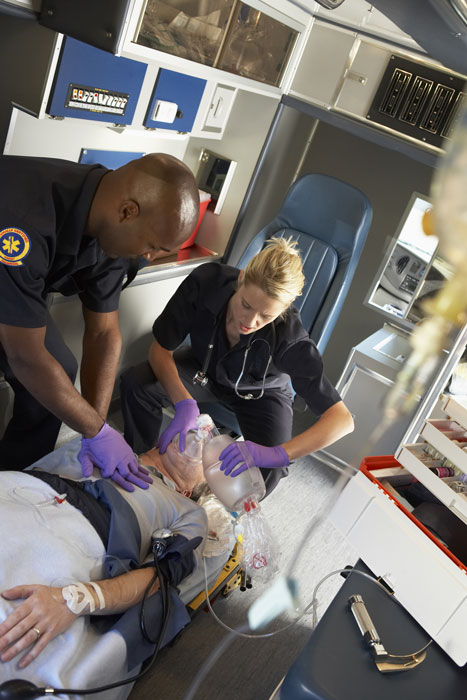William Brown’s EMS Education Philosophy
Education is the journey
of a lifetime.
There is never too much to learn. For excellent teachers the complication is not “what to teach” but rather what not to teach due to time limits in a course or the students’ inadequate prerequisite knowledge. For students the complication is “how much information can I pound into my brain within the period of time available?”
Certainly medicine and EMS are professions in which learning must occur through discipline (ideally self-discipline), interest in providing quality care to every patient seen by the provider, and professionalism.
A person pursuing a career in medicine or EMS can never assume the opinion, “I know enough” or “I know everything I need to know” since these are professions in which another person’s health or life are in jeopardy.
EMT Courses
EMT courses are foundational. These courses are delivered in a minimal amount of time, and students can graduate who have no confidence in patient care and actually fear it. They may wonder if they are in the right profession.
Course planners and curriculum developers know that many students will experience this reaction. National debates about the length of an EMT course have been going on for years. The current resolution on course length centers on a number of points: (1) it’s an entry point to EMS (we can’t have 500 hour EMT courses or no one would take the course), (2) graduates are not assumed to be fully competent; rather, they are entry-level, and (3) employers (of both paid and volunteer services) must establish internships (residency or mentorship programs) before the EMT is permitted to work alone in the patient compartment of an ambulance. Bill is highly aware of this philosophy regarding the purpose of EMT courses because he was a member of the committees responsible for development of the EMT course.
Advanced EMT Courses
Advanced (AEMT) courses include the word “advanced” for a reason. The assumption is that those enrolled in the AEMT courses are competent practicing EMTs; however, this is not always the case.
Some AEMT students are taking an AEMT course without any EMT experience. This may be because they can’t find an EMT job or because AEMT is the entry level of care in a particular state.
These courses may be longer; however, becoming competent in both the EMT and AEMT material in one semester is quite a task for any student. Many who enter AEMT courses without EMT experience concentrate on the AEMT material and don’t learn or focus on the EMT material. Many students are also working while pursuing EMS education, thereby limiting their study time for learning new information. Another complication is when an experienced EMT allows degradation of the EMT material in their knowledge base (they forgot what they learned as an EMT). In all cases the AEMT instructor has to assess adequacy in two bases of knowledge: EMT and AEMT.
The word “advanced” cannot be ignored in AEMT courses. For example, when the course teaches (or assumes knowledge of) completing a patient assessment but only teaches to the EMT level, the more comprehensive “advanced” patient assessment may be overlooked, compromising the value and implications of the course.
Lifelong Learning
Education is indeed a lifetime journey. Graduation from any EMS course does not end the journey; it’s only the beginning.
There will be (or at least should be) a “residency” at the local level, not just to learn the local EMS approach but also to evaluate “new hires” skills, knowledge, and professionalism.
Most employers require a six-month residency prior to awarding local credentials.
EMS has one of the highest re-licensure and/or recertification requirements among health care professions. The “number of hours” necessary to maintain competency has not been documented via any scientific method. Therefore, every state and certification body uses judgment (or politics) to establish their requirements. Some providers exceed requirements; others meet the minimum, and some let their licenses expire (or lapse). What is key is that these requirements establish an environment where learning takes place throughout an EMS career. As previously stated, continuous education takes discipline. Those who are true professionals committed to the safety and protection of the American public will seek out, attend, and retain continuing education. Because EMS is a career field where the work product directly benefits others, continuous learning shows professionalism and improves patient care.
There is the old saying (paraphrased) that “anything worthwhile must be earned”. When an education course is so easy that one can “miss” 50% of the classes, pass all tests without studying the book or lecture notes, and not become competent in delivering psychomotor skills, then it has little or no value.
Because competency in EMS affects the health, well-being and life of human beings, course design – along with reasonable expectations and outcomes – becomes a critical part of the education process. Life-long learning is essential.


